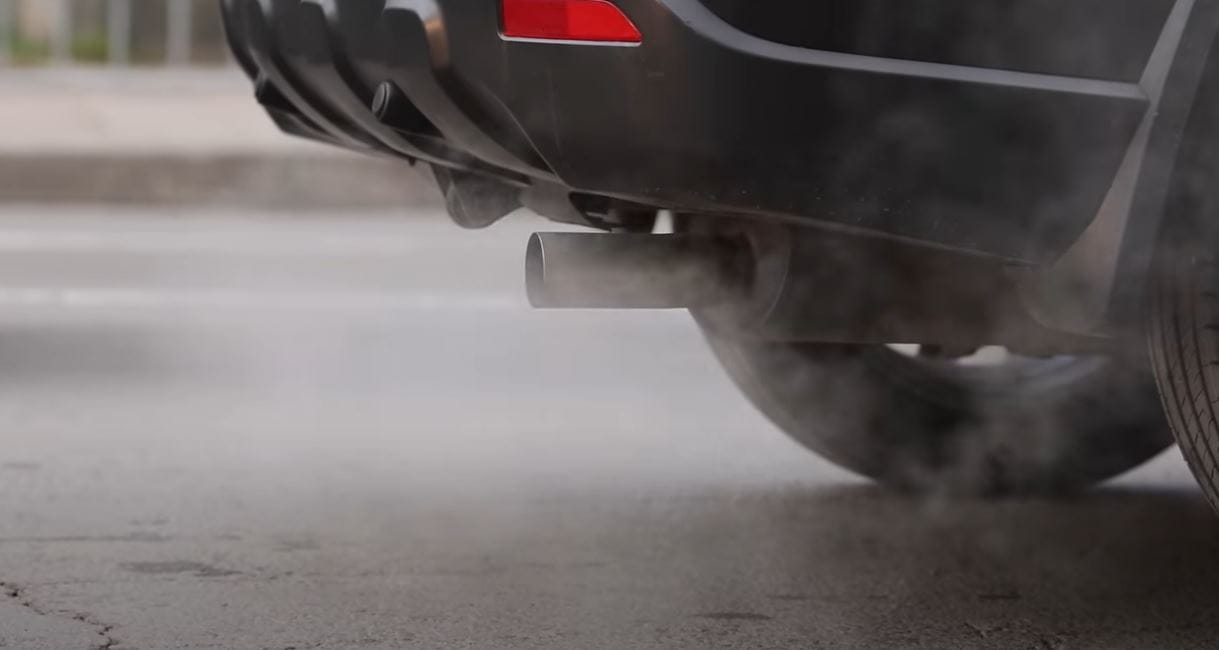Carspiracy - you'll never see the world the same way again

Global Cycling Network's 20-minute film Carspiracy - you'll never see the world the same way again is a deep dive into how we are convinced to think that modern car culture, with its many negative effects, is acceptable in our lives, looking at:
- How we've been brainwashed to believe 'car is king'
- The psychology and politics behind it all
- The theory of 'Motornormativity'
- How our built environments are part of the problem
- How politics and laws contribute the the problem
- What can be done to tackle 'Motornormativity'
Clicking this link will take you to the video on YouTube
The film includes discussion of a study by Swansea University, "Motornormativity: How Social Norms Hide a Major Public Health Hazard", which looked at how "Car Brain" - the cultural blind spot that makes people apply double standards when they think about driving - is real, measurable and pervasive.
See infographic illustrating this below:

Once you've seen the "Carspiracy" - the preferential allocation of public space to cars to the disadvantage of people walking, wheeling and cycling - you can't unsee it, and you see it everywhere you look.
For instance, in Headington you see it in the:
- Cars parked on the pavement area by Subway.
- Cars parked on the cycle lane on Kennett Road.
- Cars parked on the pavement outside Treatz and Waitrose on Old High Street.
- Cars parked on the pavement outside Bhoomi and Sirz on London Road.
- Cars parked on the pavement near Co-op on Stile Road.
- Cars parked on the pavement and pedestrian crossing points on Stephen Road.
- The Headington Market gazebos putting cycle parking out of use whilst ensuring all the car parking spaces remain available.
- People having to push a "beg button" and wait ages to cross at the pedestrian crossing outside Sainsbury's and the central Headington crossing as car traffic flow through Headington is prioritised over people visiting Headington businesses by walking, wheeling or cycling.
- Voi scooter and bike parking bays obstructing the pavements (because the Council is unwilling to re-allocate on-road car parking spaces for this purpose).
- Free parking made available on London Road even though it endangers people cycling and harms everyone who has to breath the air pollution the cars bring - particulary when drivers sit in their cars with their engines idling.
- Drivers using the bus stop lay-bys outside Starbucks and Greggs as free parking, preventing buses from pulling in and causing congestion and danger for cyclists.
- The plant boxes placed on Windmill Road to stop drivers parking on the pavement and cycle lane having to be placed quite a way onto the pavement (rather than on the road or right on the edge of the pavement), taking space away from pedestrians and being less effective at preventing parking in the cycle lane.
- The nearly-useless cycle lane on Windmill Road by the NOC, because the Council was unwilling to remove parking spaces to provide safe, protected cycle lanes (i.e. subsidised storage of private property on public space is deemed more important than safe travel by people cycling).
- Every neighbourhood used as rat-runs for drivers travelling through, rather than providing safe travel routes for people walking, wheeling and cycling and space for the people who live there to socialise and play.
- The huge amount of road space at the Old High Street/St Andrews Road junction outside the Black Boy in Old Headington, with its wide, sweeping corners, tiny, disability-unfriendly pavements and lack of safe crossing points for pedestrians and wheeling.
- The wide, sweeping corners and long crossing distances for people walking and wheeling on nearly all side road entrances, particularly in Rock Edge and the Gipsy Lane Estate.
- The long pedestrian wait times, 2-stage crossings, right-angle turns on on pedestrian refuges and lack of safe crossing for people cycling at the Old Road/Warneford Lane/Gipsy Lane junction - with car traffic flow being prioritised over Cheney pupils being able to safely cross the junction on bike or foot.
- The way the Council resurfaced only the carriageway and not the cycle lane on Headington Hill, making the cycle lane even more unusable and unsafe because there is now a ridge that encroaches into the cycle lane all the way along it.
There are so many more examples that could be added to this list. Once people have had their eyes opened to this sort of unfairness and imbalance around them, they tend to start campaigning for this to be addressed - hence the creation and growing membership of Headington Liveable Streets and other local groups such as Oxford Pedestrians Association, Cyclox, Oxon 4 Buses and Oxfordshire Liveable Streets. We all campaign for our roads to be redesigned to prioritise safety, health, well-being and equitable access for pedestrians, cyclists, wheelchair and mobility scooter users and bus users - including disabled people, young children, teenagers, elderly people, families, carers and workers - rather than the status quo of car dominance of our public spaces.
